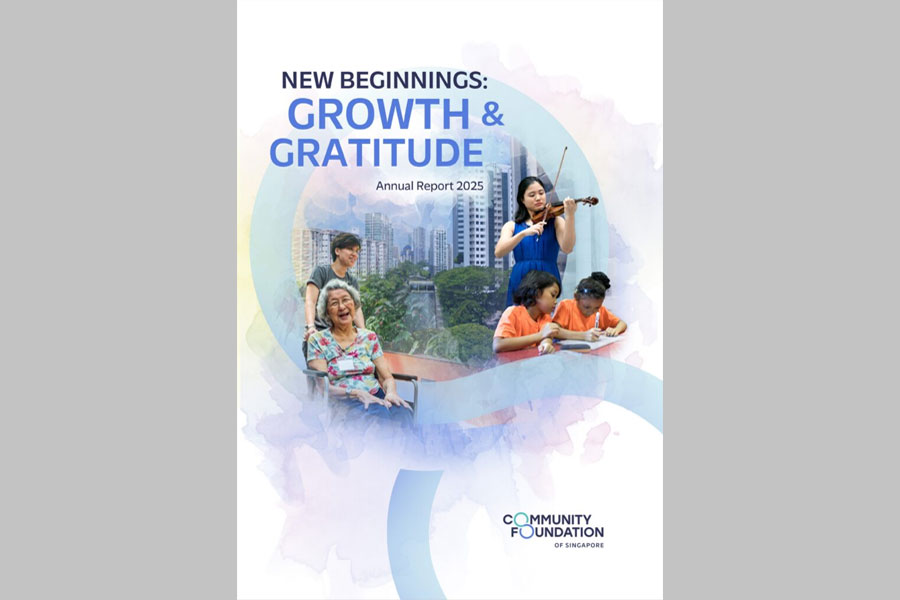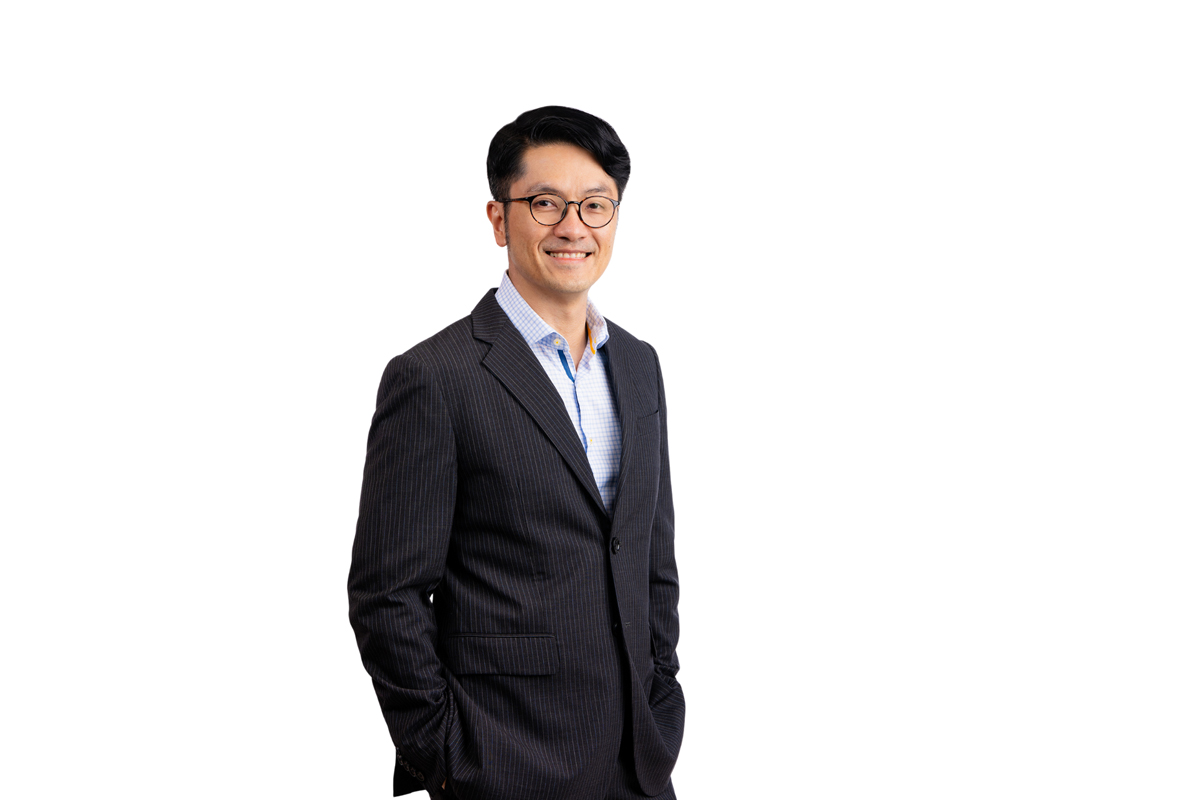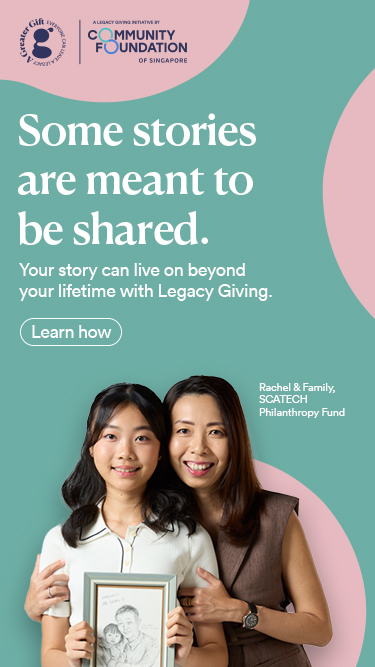CFS’s first brand campaign ‘Portraits of generosity’ to inspire giving


In tandem with its 10th anniversary, CFS launched its first ever brand campaign ‘Portraits of Generosity’– a series of heart-warming donor stories uncovering each donor’s motivation for giving.
Looking back at their lives, donors share their motivations for why they chose to give back to those in need. Be it an act of kindness, a family member’s compassion or a long tradition of philanthropy, the campaign unearthed the diverse experiences which left a mark on each donor’s life and spurred them to give back. Donors also open up about their philanthropic journey, why they chose to support specific causes and how seamless the giving experience can be through starting a fund with CFS.
The campaign kicked off with six of CFS’s donors: Keith Chua, Trina Liang-Lin and Edmund Lin, Govind Bommi, Yeo Suan Wei and Liontrust. “We believe that every act of giving is inspired by a story of life, values and experiences. Working with our donors and agency DDB, we brought these stories to life through a relatable and engaging campaign. Through these first-hand accounts of giving, we hope that others will realise that they too, have it in them to open their hearts and give back,” commented Yuen Yee Foong, Head of Marketing at CFS.
Launched across multiple media platforms including video, digital and print, the campaign runs from August to December 2018.
Reflecting upon a growing social consciousness amongst Singaporeans, Catherine Loh, CEO of CFS remarked, “I believe there are many others like our donors in Singapore who want to contribute back to society, but have not considered becoming philanthropists themselves. By sharing their stories on a larger platform, these donors show us what is possible.”
She added, “Their passion reminds us of the joy of giving, especially when giving resonates with causes we care about.”
Read and view ‘Portraits of generosity’ here.
In tandem with its 10th anniversary, CFS launched its first ever brand campaign ‘Portraits of Generosity’– a series of heart-warming donor stories uncovering each donor’s motivation for giving.
Looking back at their lives, donors share their motivations for why they chose to give back to those in need. Be it an act of kindness, a family member’s compassion or a long tradition of philanthropy, the campaign unearthed the diverse experiences which left a mark on each donor’s life and spurred them to give back. Donors also open up about their philanthropic journey, why they chose to support specific causes and how seamless the giving experience can be through starting a fund with CFS.
The campaign kicked off with six of CFS’s donors: Keith Chua, Trina Liang-Lin and Edmund Lin, Govind Bommi, Yeo Suan Wei and Liontrust. “We believe that every act of giving is inspired by a story of life, values and experiences. Working with our donors and agency DDB, we brought these stories to life through a relatable and engaging campaign. Through these first-hand accounts of giving, we hope that others will realise that they too, have it in them to open their hearts and give back,” commented Yuen Yee Foong, Head of Marketing at CFS.
Launched across multiple media platforms including video, digital and print, the campaign runs from August to December 2018.
Reflecting upon a growing social consciousness amongst Singaporeans, Catherine Loh, CEO of CFS remarked, “I believe there are many others like our donors in Singapore who want to contribute back to society, but have not considered becoming philanthropists themselves. By sharing their stories on a larger platform, these donors show us what is possible.”
She added, “Their passion reminds us of the joy of giving, especially when giving resonates with causes we care about.”
Read and view ‘Portraits of generosity’ here.
- Related Topics For You: CHARITY STORIES, DONOR STORIES, NEWS, OPINION, STORIES OF IMPACT



